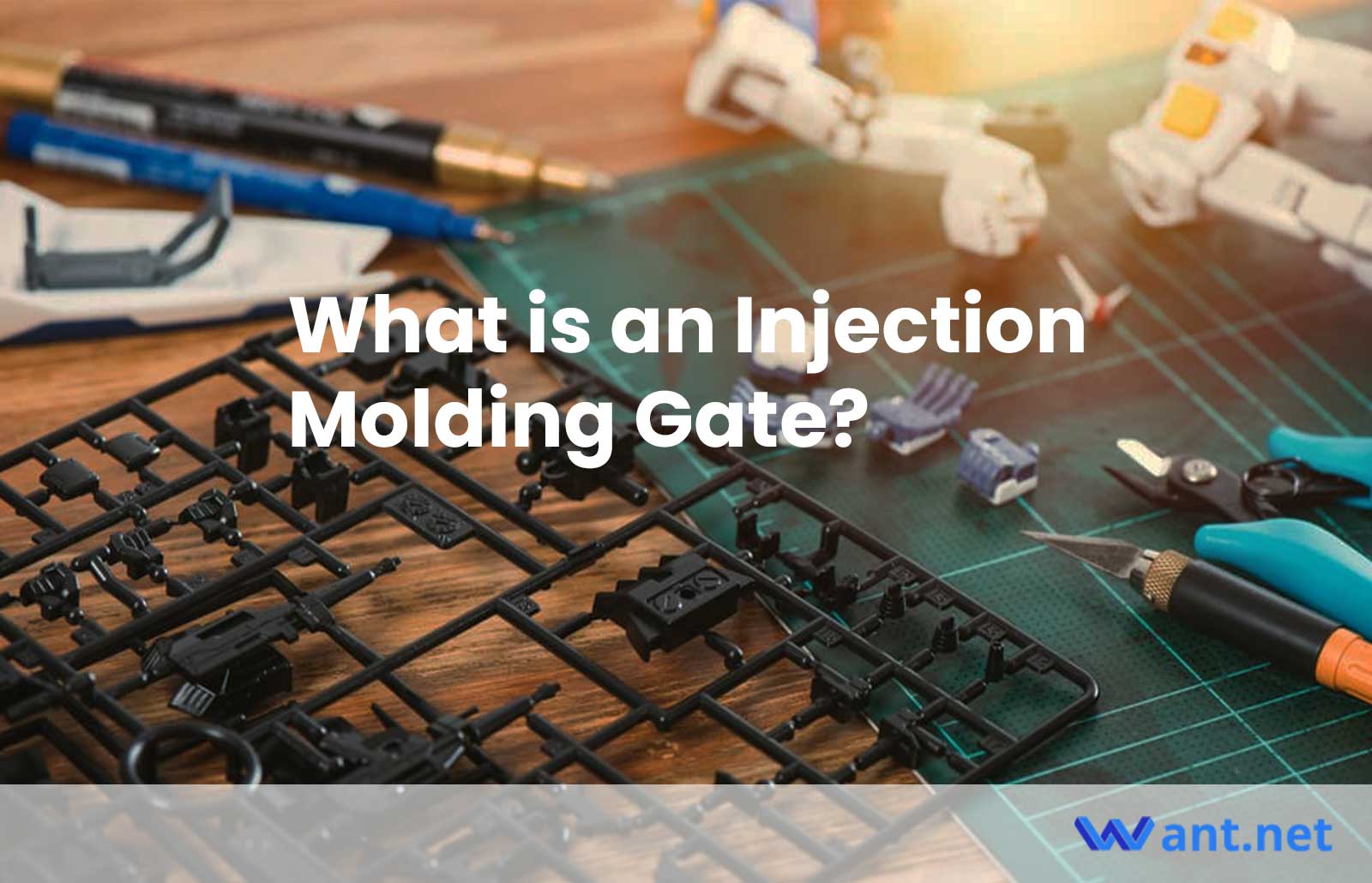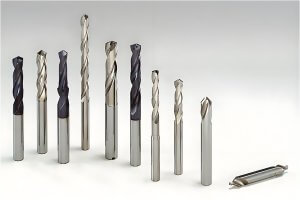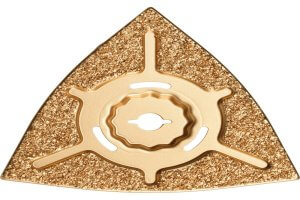Injection molding pushes molten plastic towards and through a gate. This is an opening that allows the material to enter the mold cavity. Although this allows the material to flow, runners and sprues restrict access to areas where molding occurs. Proper gate size is crucial because it affects the plastic’s pressure.
An injection mold’s gate should not be too big. Molten plastic will fill the cavity unevenly and can cause defects like shrinkage and weld lines. A small gate can lead to short shots and high levels at the gate of residual stress. The gate’s shape can also impact flow and contribute to or minimize part defects.
Injection molding gates can differ in thickness, as well as their size and shape. Large, thick-walled plastic parts require thicker gates for greater flow volume. Although smaller injection-molded parts require thinner gates, they can still withstand adequate pressure.
Injection Molding Gate Basics
You can find gates along the mold cavity or mold line parting lines. These openings may be wide or narrow and have tapered or uniform dimensions to control flow. Gates have depth because they extend beyond the mold. Mold costs are affected by the number and complexity of gates within a cavity. Gates can also impact the cycle time and cosmetic appearance of parts.
Injection molding is where most molten material cools down and solidifies within the mold cavity. This allows the part to be formed. Some plastic can solidify at the gate and protrudes from parts’ surfaces. This is a process that removes excess material from the part’s surface. It can be done manually or automatically.
Manual vs. Automatically Trimmed Gates
After each production cycle, workers separate the molded parts and runners from manually trimmed gates. This can increase labor costs and lead to inconsistent cycle times. Gates that are automatically trimmed do not require human intervention. Excessive gate material is removed from the runner after it is removed.
Different gates have different types that can be manually or automatically trimmed. While automatic trimming may seem the best option, it is not always the same. Because thick gates are more susceptible to being damaged by the shearing that comes with automatic trimming, they need manual trimming.
Manually Trimmed Injection Molding Gates
Gates can be manually trimmed to include tab, tab, direct, and disc.
Edge and standard gates best serve flat parts. The cross-section of the gate is rectangular. It can be tapered between the part of the runner. Fan gates have a large opening and a variable thickness. These gates allow for the rapid filling of large and delicate mold sections.
Tab gates can be used with flat, thin parts with low shear stresses. These stresses are contained within the gate area by a tab-like feature. Large, cylindrical parts can be used with sprue or direct gates. The sprue allows the material to be fed quickly and easily into the cavity.
These diaphragm or disc gates can be used with cylindrical or round parts that need concentricity. These injection molding gates can be difficult to remove and costly to trim.
Ring gates allow materials to flow freely before being compressed into a tube-like extension used for mold filling.
The Spoke gate is a round gate with a cross at the center. These gates are used to make tube-shaped parts. However, perfect concentration is not possible.
Automatically Trimmed Injection Molding Gates
Hot tip, pin, or submarine gates can all be automatically trimmed.
Hot tip gates support conical or circular shapes that require uniform flow to the mold cavity. These are used in hot runner systems, which keep the plastic molten until it enters the cavity.
Submarines or sub gates are equipped with a tapered channel to conceal gate imperfections. These openings are often referred to as tunnel gates.
Pin Gates can be used when parts’ cosmetic appearance is important and with fast-flowing resins. Pin gates can be used with parts that have no vestiges.
Other types of gates may be used depending on the mold system. Hot runner systems may use a valve gate, where mechanical action causes the valve stem to move and seal the gate opening. While valve gates are more expensive than other types, they can increase part quality by reducing defects like witness marks. Because they allow automatic trimming, valve gates can increase productivity and reduce cycle times.
How to Choose the Right Gate Specifications
Part quality is affected by the location of the injection molding gate. Gateways should not be near pins or cores to achieve the best results. These obstructions can cause molten material to flow around them and create weld marks. It is best to place gates near the thick-walled parts to ensure the mold cavity is filled. Gates can leave marks on parts, so avoiding openings close to them is important.
Different types of gates require different locations. While many gates can be placed near the mold parting lines or at the top of the parts, hot-tip gates should be preferred. You can move submarine gates away from parting lines to give you more flexibility in mold design. Pin gates are typically located on the B side of the mold.
Gate size should also be considered. The volume of the mold cavity determines the width and the nominal wall size determines the depth. Different materials have different flow rates, so the type of plastic plays a role. Because polypropylene (PP), and polyethylene (PE), flow easily, gate depths can be determined based only on 50% of the wall thickness.
Performance is also affected by the geometry or shape of a gate. Although cashew-shaped sub-gates are common, they may not be the best fill pressure and flow restriction option. To avoid flow restrictions, the gates should be tapered to the orifice. You could experience flow imbalances or an increase in fill pressures.
Additional Considerations
High injection speeds can result in friction-induced temperature increases. If there is enough heat, the molecular structure may be damaged. To avoid critical parts, slowing the injection speed can reduce their mechanical strength and lead to weld lines. Additionally, slower cycle times can result in lower parts per hour and higher processing costs.
It’s not just about the gate size determining when you should increase or decrease your injection speed. This is why injection molders use a relative viscosity vs. Shear rate curve to achieve the right balance.
Optimize Your Gates
Injection molding gates are more than just a way to increase fill rates. They can also drive tooling costs, cycle time, and quality. It is important for engineers and designers to learn how injection molders optimize the connections between sprues, runners, and mold cavities. Quality and performance are also determined by the type of gate, location, size, geometry, trimming methods, and location.
Want.Net is a professional on-demand manufacturer that offering excellent manufacturing service for your parts and prototypes. Get an online quote for your injection molding project now.
Other Articles You Might Enjoy
- Best Wall Thickness for Injection Molding
Injection molding has been the dominant method of consumer manufacturing since the 1950s. It is responsible for everything, from action figures to denture boxes. Injection molding is versatile, but there…
- Finishing Options for Injection-Molding
Factors that impact the injection molding surface finish The best way to control the texture of plastic parts is to treat them with a specific finishing process. There are steps…
- Everything You Should Know About ABS Injection Molding
ABS is a common plastic injection molding material that contains three main ingredients. ABS's "A", acrylonitrile, confers hardness, heat, and chemical resistance. The "B", which is butadiene, gives toughness and resistance…






